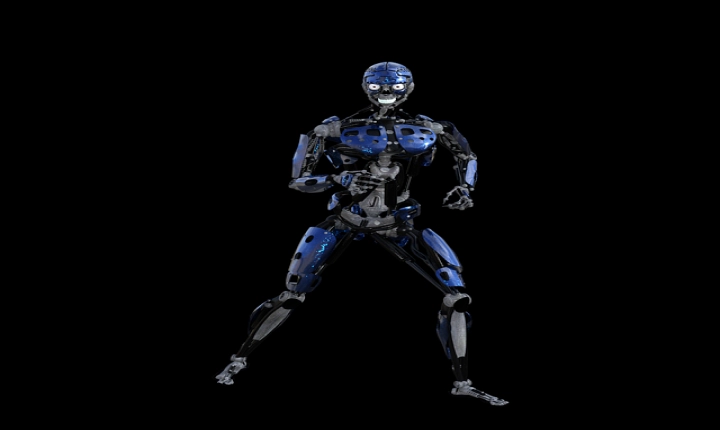Title: The Exploitation of Art: How AI is Stealing from Artists
Artificial intelligence (AI) has become a powerful tool for creating, analyzing, and disseminating art. While this technology has opened up new creative opportunities for artists, there is a growing concern about how AI is being used to exploit and steal from artists. The rise of AI-generated art has sparked a debate about the ethical implications and the lack of artist attribution and compensation.
One of the most significant concerns is the unauthorized use of artists’ work to train AI algorithms. Many AI systems are trained using vast amounts of visual data, including images created by artists. These images are often sourced from the internet without the artist’s consent, leading to the widespread use of copyrighted material for AI training purposes. As a result, artists’ original work is being used to fuel the development of AI, without any acknowledgment or compensation.
Another issue is the replication of artists’ styles and techniques by AI algorithms. These algorithms can analyze an artist’s body of work and produce new pieces that closely mimic the artist’s unique style. While this can be seen as a form of flattery, it raises questions about the originality and authenticity of AI-generated art. Not only does this devalue the original work of the artist, but it also blurs the line between what is genuine artistic expression and what is machine-generated imitation.
Furthermore, the commercialization of AI-generated art without proper compensation for the original artists is a growing concern. Art created by AI is being sold and monetized without any consideration for the artists whose work inspired the algorithms. This lack of attribution and compensation not only infringes on the rights of the original artists but also undermines the economic value of their creations.
The impact of AI on the art world extends beyond the realm of visual art, as AI-generated music, literature, and other creative works are also gaining prominence. This has raised complex legal and ethical questions about ownership, copyright, and fair compensation for creators. The absence of clear regulations and ethical guidelines in this rapidly evolving landscape leaves artists vulnerable to exploitation by AI technologies and the entities that utilize them.
As the use of AI in the creation of art continues to expand, it is critical to address these ethical concerns and establish safeguards to protect artists’ rights. It is essential to develop transparent and equitable frameworks for the ethical use of AI in art, ensuring that artists are properly credited and compensated for their work. Additionally, there is a need for greater public awareness and education on the ethical implications of AI-generated art, encouraging consumers and industry stakeholders to support the rights of artists.
In conclusion, the rise of AI in the art world has brought about new opportunities and challenges for artists. While AI has the potential to enhance creative expression and innovation, it also poses a threat to the rights and livelihoods of artists. Addressing the ethical implications of AI-generated art is crucial to protecting the integrity and value of artists’ work in the digital age. It is imperative that we recognize and respect the contributions of artists and ensure that they are fairly compensated and acknowledged in the development and dissemination of AI-generated art.
